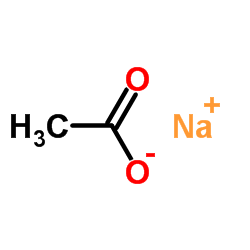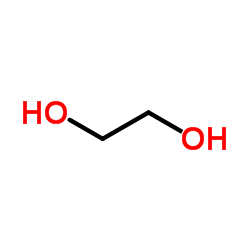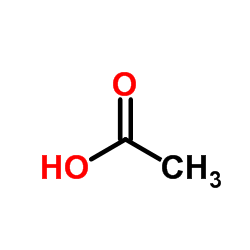| Structure | Name/CAS No. | Articles |
|---|---|---|
 |
Sodium acetate
CAS:127-09-3 |
|
 |
Ethanol
CAS:64-17-5 |
|
 |
Acetonitrile
CAS:75-05-8 |
|
 |
Disodium hydrogenorthophosphate
CAS:7558-79-4 |
|
 |
Estriol
CAS:50-27-1 |
|
 |
sodium dihydrogenphosphate
CAS:7558-80-7 |
|
 |
Ethylene glycol
CAS:107-21-1 |
|
 |
glutaraldehyde
CAS:111-30-8 |
|
 |
acetic acid
CAS:1173022-32-6 |
|
 |
acetic acid
CAS:64-19-7 |